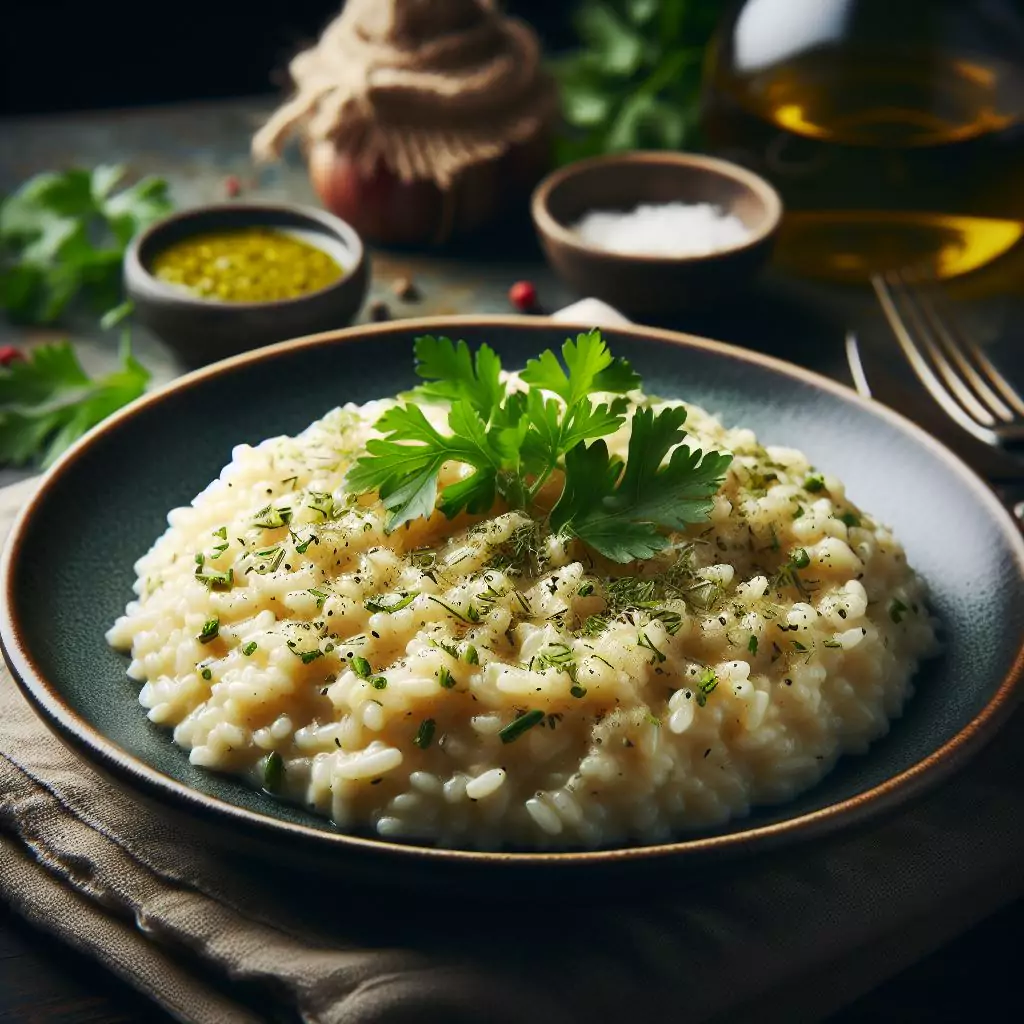How Long Does a Rice Cooker Take?


Cooking rice to perfection is an art in itself, and a rice cooker can be your ultimate ally in achieving consistent results every time.
If you’ve ever wondered, “How long does a rice cooker take?” you’re in the right place.
In this comprehensive guide, we’ll delve into the world of rice cookers and explore the factors influencing cooking times.
Let’s dive in.
Understanding Rice Cookers
Rice cookers are specialized kitchen appliances designed to simplify the process of cooking rice. They consist of a cooking pot, a heating element, and a thermostat that automatically adjusts the temperature.
The operation is simple: add the desired amount of rice and water to the cooker, close the lid, and turn it on.
The rice cooker’s built-in sensors detect when the water has been absorbed, and it switches from cooking to the “keep warm” mode, ensuring the rice remains at an optimal temperature until ready to be served.
Typical Cooking Times for Different Types of Rice
Here are the typical cooking times for different types of rice in a rice cooker:
White Rice

White rice is the most commonly cooked rice variety and tends to have a relatively shorter cooking time. On average, white rice takes around 15 to 20 minutes to cook thoroughly in a rice cooker.
However, this may vary slightly depending on the specific type of white rice and the brand of rice cooker being used.
It’s important to follow the instructions provided by the rice cooker manufacturer and adjust the water-to-rice ratio accordingly.
Brown Rice

Brown rice generally has a higher fiber content and requires a longer cooking time compared to white rice.
In a rice cooker, brown rice typically takes about 30 to 40 minutes to cook. Some rice cookers may have specific settings for brown rice, so it’s advisable to check the manufacturer’s instructions for precise cooking times.
Basmati Rice

Basmati rice is a fragrant long-grain rice commonly used in Indian and Middle Eastern cuisine. It generally has a similar cooking time to white rice, ranging from 15 to 20 minutes in a rice cooker.
However, it’s recommended to soak basmati rice for about 30 minutes before cooking to enhance its texture and slightly reduce cooking time.
NOTE: It’s important to note that cooking times can vary depending on the specific brand and model of the rice cooker and personal preferences for rice texture (e.g., softer or firmer). It’s recommended to follow the instructions provided with your rice cooker and adjust cooking times based on your desired results. Experimentation and making adjustments based on your specific rice cooker and preferences will help you achieve the perfect rice consistency every time.
Cooking Times for Different Types of Foods Apart from Rice
Rice cookers are versatile appliances that can be used to cook a variety of foods besides rice. Here are some typical cooking times for different types of foods you can prepare in a rice cooker:
Quinoa

Use a 1:2 ratio of quinoa to water. Cook for about 15-20 minutes, or until the quinoa is tender and the water is absorbed.
Couscous

Use a 1:1.5 ratio of couscous to water or broth. Steam for about 10-15 minutes until the liquid is absorbed.
Oatmeal

Combine rolled oats with water or milk in a 1:2 ratio. Cook for 15-20 minutes, stirring occasionally.
Risotto

Sauté onions and rice in the rice cooker for a few minutes, then add hot broth in small increments, stirring until absorbed each time. This can take 20-30 minutes.
Steamed Vegetables

Place vegetables in a steamer basket or on a steaming tray inside the rice cooker. Steam for 10-15 minutes or until they reach your desired level of tenderness.
Hard-Boiled Eggs

Add water to the rice cooker and place the eggs in a steaming tray or basket. Cook for 12-15 minutes.
Poached Eggs

Fill the rice cooker with water and bring it to a simmer. Crack an egg into a heatproof bowl, lower it into the simmering water, and cook for 4-5 minutes.
Pasta

Add pasta to the rice cooker and cover with water. Cook until al dente, which is usually 8-12 minutes depending on the type of pasta.
Polenta

Mix cornmeal and water or broth in a 1:4 ratio. Cook for 20-30 minutes, stirring occasionally until it thickens.
Rice Cooker Pancakes

Prepare pancake batter and pour it into a greased rice cooker. Cook for 15-20 minutes or until the pancake is set in the center.
Note: Remember that the actual cooking times may vary depending on the brand and model of your rice cooker. It’s important to monitor the cooking process, especially when trying new recipes or foods, to avoid overcooking or undercooking. Adjust the settings or add more liquid if necessary to achieve the desired results. Additionally, some rice cookers come with specific settings for different types of grains or dishes, so consult your rice cooker’s manual for guidance.
Factors Affecting Cooking Time
Several factors can affect the cooking time of rice in a rice cooker. Understanding these factors is crucial to achieving perfectly cooked rice. Here are some key factors to consider:
Type and quality of rice
Different types of rice, like white rice, brown rice, basmati, and jasmine rice, have varying cooking times. Brown rice generally requires a longer cooking time compared to white rice due to its higher fiber content.
Water-to-rice ratio
The amount of water used in proportion to the rice plays a significant role in cooking time. The ratio varies depending on the type of rice and personal preference. Too much water can produce mushy rice, while too little water can yield undercooked rice.
Rice cooker capacity
The size and capacity of your rice cooker can impact cooking time. Larger rice cookers may take longer to cook rice evenly compared to smaller ones, as the heat distribution may vary.
Altitude and atmospheric pressure
Cooking times can be affected by the altitude at which you are cooking. When at higher altitudes, the atmospheric pressure is lower, causing water to boil at a lower temperature. This can lead to longer cooking times for rice.
Rice preparation techniques
Pre-soaking or rinsing rice before cooking can influence cooking time. Pre-soaking can help reduce cooking time for certain types of rice, while rinsing can remove excess starch and affect the texture of the cooked rice.
Tips for Achieving Perfectly Cooked Rice
To achieve perfectly cooked rice using a rice cooker, consider the following tips:
1. Measure the water and rice accurately
Use the recommended water-to-rice ratio specified in your rice cooker’s instructions, or follow a trusted recipe. Using too much or too little water can result in undercooked or mushy rice.
2. Rinse the rice
Rinse the rice before you start cooking to remove excess starch. This can help prevent the rice from becoming sticky. Rinse until the water runs clear.
3. Soak the rice (optional)
For certain rice varieties like basmati or jasmine rice, soaking the rice for 30 minutes before cooking can enhance the texture and reduce cooking time.
4. Use the right cooking mode
Many rice cookers offer different cooking modes for different types of rice. Select the appropriate mode for the type of rice you are cooking to ensure optimal results.
5. Avoid opening the lid during cooking
Opening the lid during cooking can release steam and disrupt cooking time. Only open the lid when necessary or when the rice cooker indicates the rice is done.
6. Let the rice rest
Once the rice cooker switches to the “keep warm” mode, let the rice rest for a few minutes before serving. This allows the moisture to distribute evenly and results in fluffier rice.
7. Fluff the rice before serving
Use a fork or rice paddle to gently fluff the rice before serving. This helps separate the grains and prevent clumping.
8. Experiment and adjust
Each rice cooker and rice variety may have slight variations in cooking time. Adjust the cooking time or water-to-rice ratio based on your preferences and the specific characteristics of your rice cooker.
FAQs
How much water should I use to cook rice in a rice cooker?
The water-to-rice ratio may vary depending on the type of rice and personal preference. As a general guideline, a common ratio is 1:1.5 or 1:2 (rice to water) for white rice and 1:1.75 or 1:2 for brown rice. It’s recommended to check the instructions provided with your rice cooker or refer to a trusted recipe for specific water-to-rice ratios.
Can I cook different types of rice in the same rice cooker?
Yes, most rice cookers are versatile and can handle different types of rice. However, cooking times and water-to-rice ratios may vary depending on the specific rice variety. It’s advisable to adjust the cooking settings and water ratios for each rice type.
Can I open the rice cooker during the cooking process?
It’s generally recommended to avoid opening the rice cooker during the cooking process. Opening the lid can release steam and disrupt the cooking time, potentially resulting in unevenly cooked rice. It’s best to wait until the rice cooker indicates that the rice is done or has switched to the “keep warm” mode before opening the lid.
How do I clean a rice cooker?
Cleaning a rice cooker is usually straightforward. After unplugging the rice cooker and allowing it to cool down, remove the inner cooking pot and wash it with warm, soapy water. Use a soft-brasive sponge or cloth to clean the pot. The exterior of the rice cooker can be wiped down with a damp cloth. Ensure that all components are fully dry before reassembling the rice cooker.
Wrap Up
Cooking rice to perfection is made effortless with the help of a rice cooker. You can achieve consistent and delicious results by understanding the factors that affect cooking time, such as rice variety, water-to-rice ratio, and adjusting for altitude.
Follow the instructions provided by your rice cooker manufacturer and experiment with different settings to find the ideal cooking time and water measurement for your preferred rice texture.
With the convenience and precision rice cookers offer, you can enjoy fluffy and flavorful rice with minimal effort.
Embrace the culinary possibilities that a rice cooker brings to your kitchen and elevate your rice dishes to a new level of excellence.
Happy cooking!






